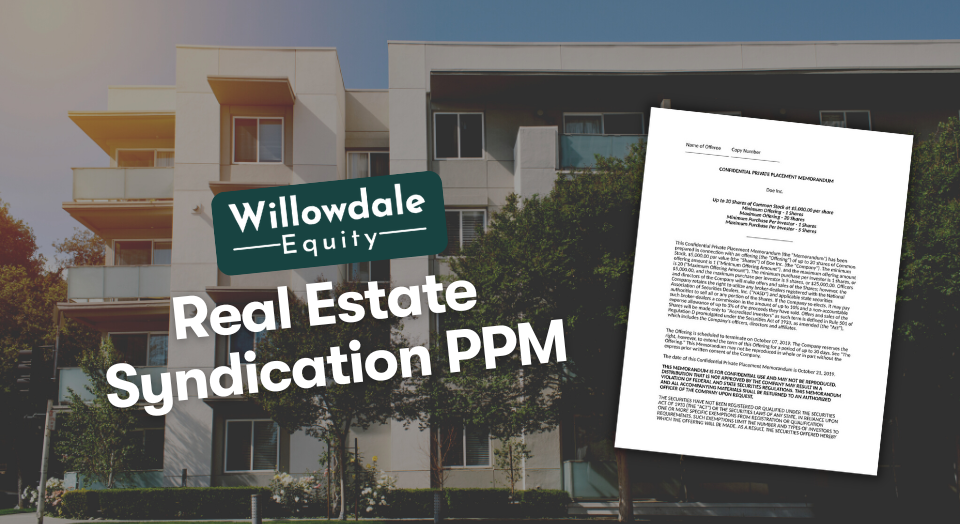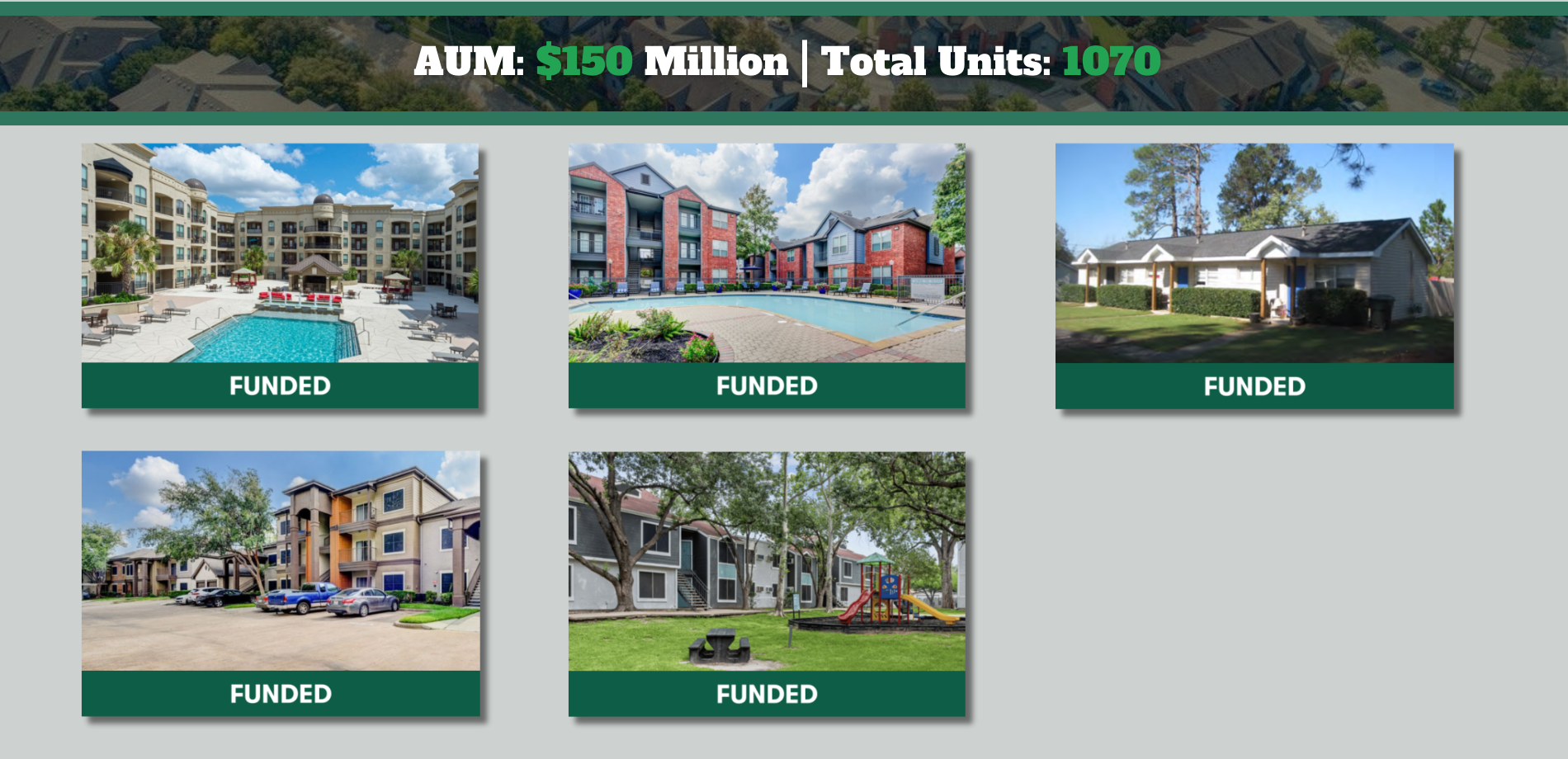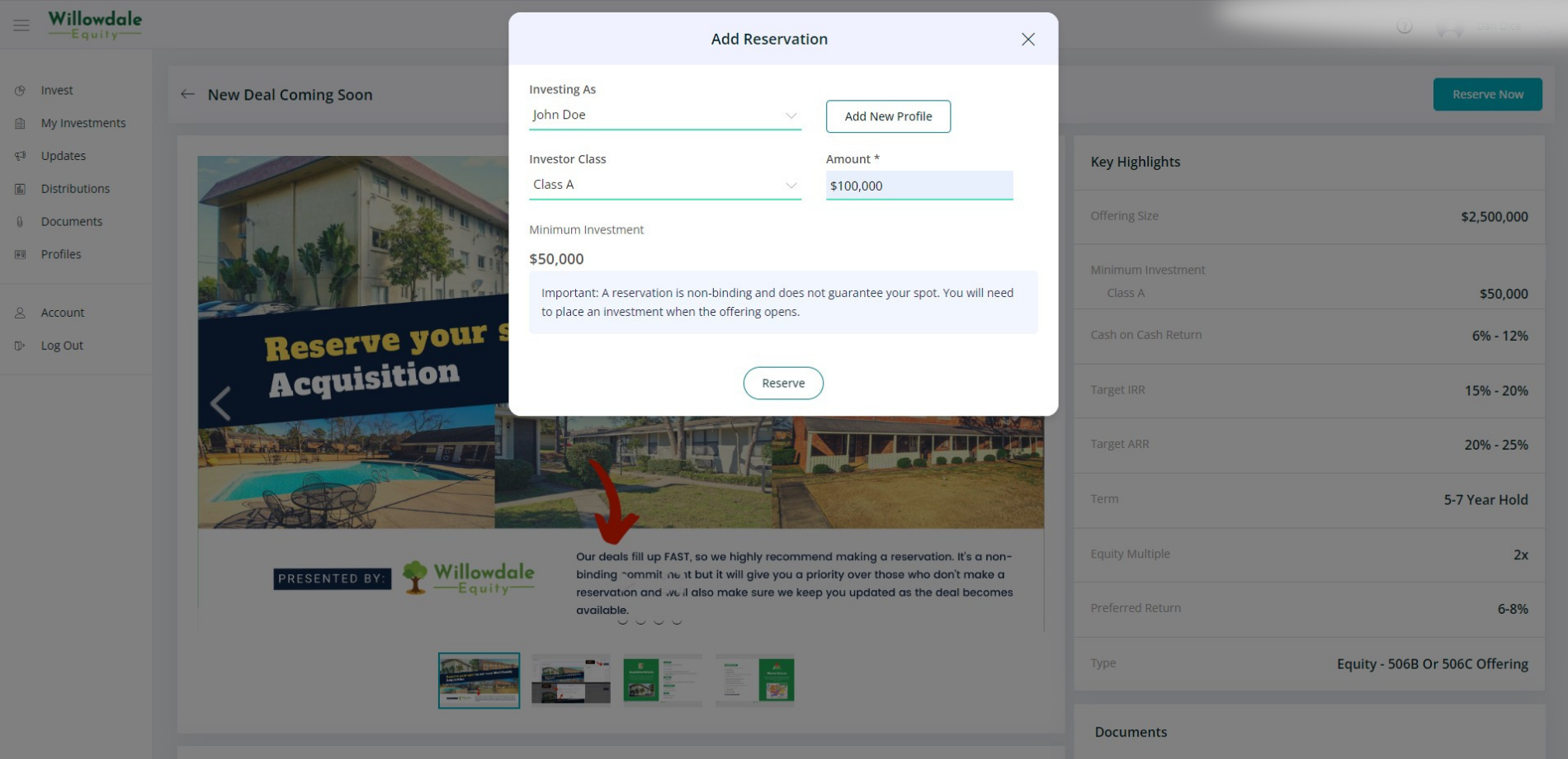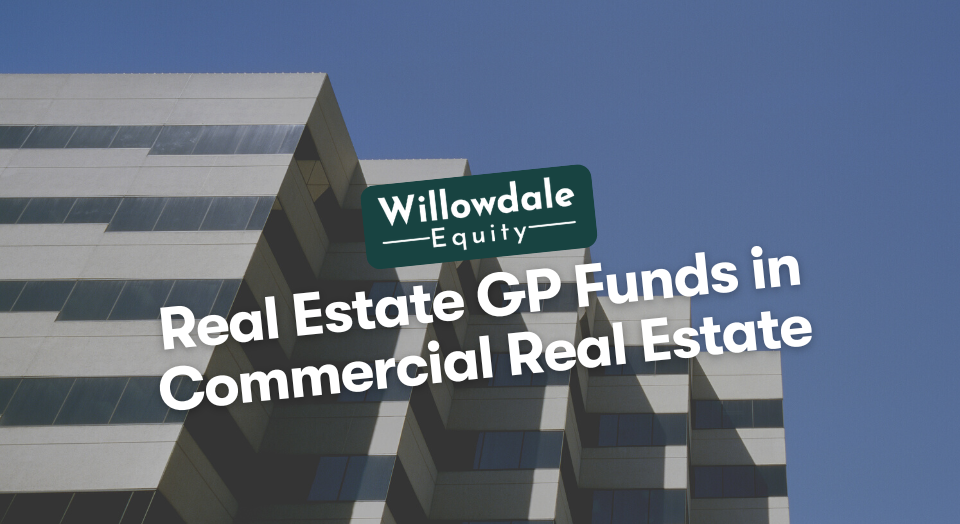
Real Estate Syndication PPM: The Most Important Things to Look For
This article is part of our passive investors guide on real estate syndications, available here.
One of the most daunting but crucial aspects of private real estate investments involves digging into a massive document full of legal and financial jargon – the Private Placement Memorandum (PPM).
This legal document lays out all the details of a private real estate offering and investment opportunity for accredited investors. Using the information within, prospective investors can better understand the risks of allocating their investment capital into a prospective real estate syndication.
This post will help passive investors better understand what to look for and highlight all the crucial sections in a PPM.
Key Takeaways
-
The legal disclosure section will disclose all essential items associated with the property, including project costs, use of proceeds, operating agreement, sales revenues, and projected returns.
-
The risk factors section will showcase risks associated with a property, its owners, and the transaction, including security, market fluctuations, tenant concerns, structural issues, competition, and more.
-
The conflicts of interest section will outline all the potential conflicts among investors and their resolutions in different scenarios.
What is PPM in Syndication?
Syndication is a real estate investing mechanism where many passive real estate investors combine their investment capital and invest in an investment opportunity collectively instead of buying them individually. As a result, these private investors become fractional owners of that particular investment property or properties.
Therefore, in this context, a real estate syndication PPM is a detailed document containing the terms of the investment, including the private capital structure, closing costs, risk factors, disposition fee, offering documents, financial statements, performance history, and more.
Experienced real estate syndicators with the knowledge, expertise and resources to find and procure the best properties for potential investors. They prepare the private placement memorandum (PPM) for potential investors with the help of a licensed securities attorney.
The Two Main Types of PPM's

The two main types of private placement memorandums used for real estate syndications:
1.) Debt Private Placement Memorandum
A debt PPM is to certify a bond or note sold to private investors. It explains the terms offered by private placement offerings, including time for loans to mature, interest rates, asset management fees, terms of the subscription agreement, and more.
2.) Equity Private Placement Memorandum
In contrast, an equity PPM is used to certify share ownership in a joint investment property. This disclosure document outlines the terms of a real estate syndication. It provides the investment summary, including the property’s track record, potential risks, voting rights, and information related to the general partners or other investors.
Important Sections To Look For in a Real Estate Syndication PPM

A private placement memorandum contains a wide array of information that can impact the investment decision, including:
- The risk factors associated with a particular property.
- The business plan for the property you’re investing in.
- The expected length of the agreement.
- What type of investors can participate, etc.
Thus, reading the fine print allows passive investors to see the deal structure in black and white and determine whether it’s a good investment.
Here are the key sections you need to pay attention to:
The Investor Qualifications
The first section any investor needs to pay attention to is the investor qualifications since they will be investing jointly. You need to consider several factors here, including the number of investors, as this will impact your fractional share and cash flow, as well as the type of investors at each tier.
Typically, most investment pools contain sophisticated investors or accredited investors (or both). So, make sure you go through the offering memorandum thoroughly.
The Introduction
This section of a real estate syndication private placement memorandum outlines details and highlights related to a property, including the minimum investment requirement, fees disclosure, risks, and more. It’s also referred to as the executive or investment summary and used by a real estate syndicator to entice or persuade prospective investors.
The Legal Disclosures
Private placement memorandums are required to provide relevant information to help investors understand the investment structure and the issuer’s capabilities. Therefore, it must disclose all essential items associated with the property, including project costs, use of proceeds, operating agreement, sales revenues, and projected returns.
The Risk Factors
This section is the most crucial and longest portion of a private placement memorandum. It outlines all the risks associated with a property, its owners, and the transaction, including security, market fluctuations, tenant concerns, structural issues, competition, and more.
The Fees & Splits Amongst GP's & LP's
Real estate syndicators earn money through different types of fees and equity splits. These experienced professionals provide the tools, expertise, and resources required to find properties worthy of an investor’s consideration. Moreover, they handle every aspect of the transaction, from financing to managing and selling.
The equity split is between the investors (Limited Partners) and the sponsors (General Partners).
As far as the fee goes, sponsors have a variety of options to choose from. Most charge an acquisition fee between 1 to 2% of the property transaction value. Depending on the property type, this amount is often enough to compensate the private placement memorandum crafters and asset managers for their hard work.
Buying, managing, and selling securities requires extensive knowledge related to renting structures, stock market conditions, and day-to-day property operations.
Moreover, many asset managers specializing in real estate syndication often build solid relationships with property managers and joint owners to help manage the day-to-day operations throughout the investment term. They can provide resources to take care of repairs, rent collection, and tenant management. Some sponsors also charge a disposition fee between 1 to 2% of the sale price and may choose to waive other fees.
The Conflicts of Interest
Finally, the conflicts of interest section outlines all the potential conflicts among investors and their resolutions in different scenarios. This issue is a recurring aspect of passive investing. Most conflicts are related to fees, asset management, voting rights, and overall control.
Conducting Thorough Due Diligence

No matter how skilled or experienced you are as a passive investor, you must review a real estate private placement memorandum before proceeding with the acquisition. Whether taking the solo route or having a team of financial advisors, attorneys, and CPAs, you must conduct thorough due diligence and leave no stone unturned.
This type of real estate investment offering is subject to Securities and Exchange Commission (SEC) regulations. Thus, even the slightest negligence or misunderstanding could lead to several legal or final repercussions.
Also, you need to understand other important documents, such as the business plan, operating agreement, financial statements, etc.
Procuring Private Placement Memorandums for a Syndication
To create a private placement memorandum for a real estate syndication, you need to contact reputable security and exchange attorney. This experienced attorney would draft the PPM and other documents for full disclosure and disclaimer explaining the operating agreement and the investment opportunity’s value.
Investors also need to ensure that the document is entirely transparent and doesn’t leave out anything that could impact their investment, legally or financially.
Frequently Asked Questions About PPM Syndication
PPM stands for private placement memorandum – a document used to outline the terms of an investment for private real estate investors.
While a PPM isn’t a mandatory requirement for a private fractional real estate investment, the antifraud provisions of federal securities laws mandate that sellers provide private placement investors with accurate and truthful information related to a real estate property.
Real Estate Syndication PPM — Conclusion
Real estate syndication is a popular strategy used to pool sophisticated or accredited investors’ capital to fund large commercial or multifamily properties. A syndication PPM outlines and describes every aspect of the acquisition, from the fee to risk factors, the operating agreement, timelines, and the anticipated return on investment. Therefore, investors must learn to analyze a PPM to make a more informed investment decision.
Join the investors club here at Willowdale Equity to access private value-add multifamily investment opportunities across the southeastern United States.
Sources:
- SEC.GOV, “Investor Bulletin: Private Placements Under Regulation D“
- SEC.GOV, “Private Placements – Rule 506(b)“
The Willowdale Equity Investment Club is a private group of investors that are looking to passively grow their capital and share in all the tax benefits through multifamily real estate investments.






